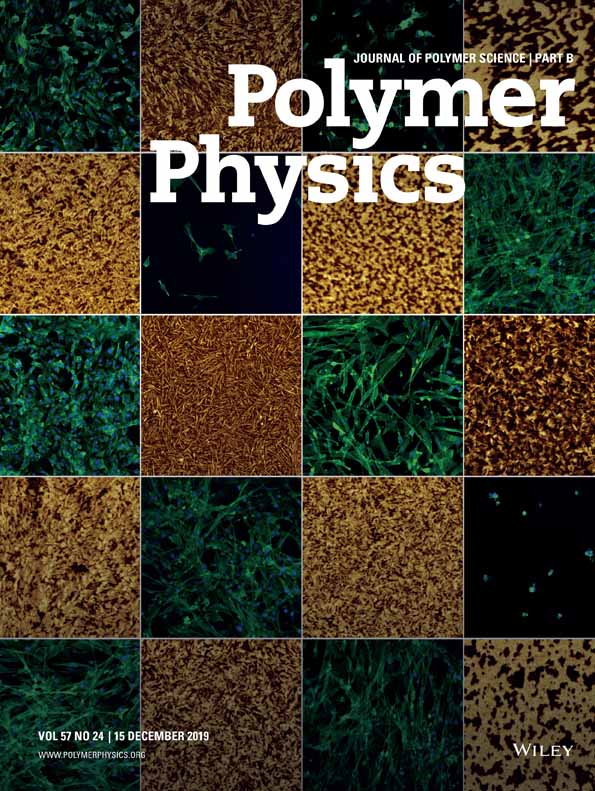Extinction coefficient of polyolefin foams
Abstract
The extinction coefficient of a collection of polyolefin foams was investigated experimentally and theoretically. Transmittance spectra were measured with Fourier transform infrared spectroscopy (FTIR) for samples of various thicknesses and different chemical compositions, densities, colors and structural characteristics. The extinction coefficients were then calculated by applying Beer's law. The results showed that the extinction coefficient decreased with the mean cell size and that this was the main structural parameter influencing the extinction coefficient of the foams under study. The experimental results agreed well with the Glicksman model. Moreover, the total thermal conductivity was calculated in terms of the Rosseland equation with an accuracy of 5%. © 2005 Wiley Periodicals, Inc. J Polym Sci Part B: Polym Phys 43: 1608–1617, 2005




